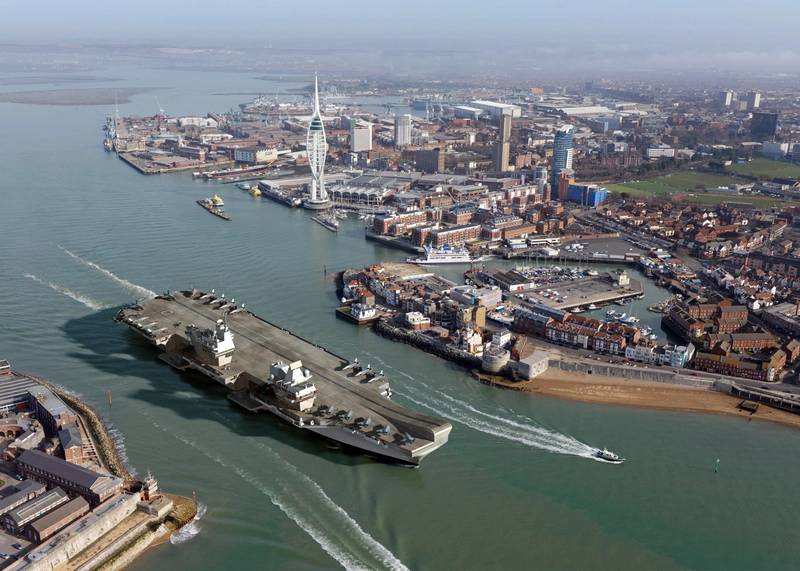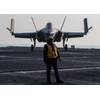New Vessel Traffic Management System for Portsmouth
BAE Systems has been awarded a £5.5 million contract to install a new Vessel Traffic Management System to assist in the controlling and monitoring of all ship movements within Portsmouth Harbor and the Eastern Solent.
The contract is the latest development in the partnering agreement between BAE Systems, the Royal Navy and the Ministry of Defense to modernize HM Naval Base Portsmouth and prepare for the arrival of HMS Queen Elizabeth, the first of the four acre, 65,000 metric ton aircraft carriers to be based in Portsmouth.

Minister of State for Defense Procurement Philip Dunne said, “A huge amount of investment is under way right across the Naval Base to get Portsmouth ready for the arrival of our HMS Queen Elizabeth aircraft carrier in early 2017, including refurbishing the base's jetties to ease access for the ships and installing new power supplies. This new system, to help control and monitor ship movements within Portsmouth Harbor and the Eastern Solent, is an essential part of these upgrades.
“Making Portsmouth the home of our Queen Elizabeth Carriers, alongside with the existing Portsmouth flotilla, will sustain thousands of jobs, meaning these impressive ships will provide an enduring contribution to jobs and skills in the local economy.”
John Hudson, Managing Director UK Maritime Sector at BAE Systems, said, “We are pleased to continue our support to the Royal Navy by managing this important project for Portsmouth. With shipping activity expected to increase over the next few years a new Vessel Traffic Management System is essential for the future safety and security of Portsmouth Harbor. The contract is an excellent example of how we are working in partnership with the Royal Navy to deliver service improvements and modernize Portsmouth Naval Base.”
The new system installation, which is to be completed in early 2016, is designed to provide the Queen's Harbor Master and the Vessel Traffic Service team with the situational awareness they require to control the vessels in their operational area. The system will integrate several different sensors, including four radars, an Automatic Identification System, 17 High Definition CCTV cameras, a high performance thermal camera, six metrological sensors and four hydrological sensors.
Related News

